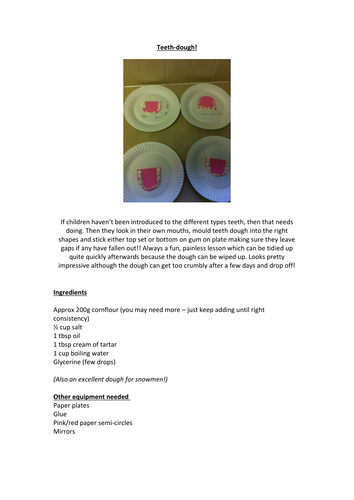
3Uploads
4k+Views
2k+Downloads
All resources

Macbeth play script and staging ideas (suitable for UKS2 primary and secondary KS3)
An adaptation that tells the story in a fun and accessible way for a whole class of varied abilities. A vehicle that involves as many children as possible, drives the story and involves some of the key scenes.
Short and concise rhymes hold the story together and does all of the above, easy to learn and deliver for groups allowing all to take part. This poetry mechanism allows young people to present the story as narrators, witches, street urchins or as post-apocalyptic bands of travellers as I recently saw it performed to great effect moving the narrative forward for the audience and still ensuring a number of the key scenes allows the whole story to be told.
This script allows a class in a primary (years 5/6) or secondary environment ( years 7/8/9) to take part in a performance of Macbeth. It also allows for a range of skills and abilities to shine allowing more confident and competent students to tackle larger speeches (Lady Macbeth) and those less able to take on the challenges of smaller less dramatic characters (Doctor or Gentlewoman).
Through multi rolling and / or by creating a large group of witches every member of a class can take part. If staged creatively the major characters can be shared and in moments, I have seen two students play one character at the same time which motivates those more anxious and allows interesting interpretations from children.
The verse sections are engineered to drive on the story and are si simple they can be and should be challenged and changed if required. This allows for discussion amongst the cast regarding the story, the arc and what the adaptation does not include that is considered important in the interpretation. The simplicity of the verse makes it very accessible to most children and young people.

Teeth Dough
Simple practical activity to give students the opportunity to supplement their learning of types of teeth by looking at and modelling their own teeth.



